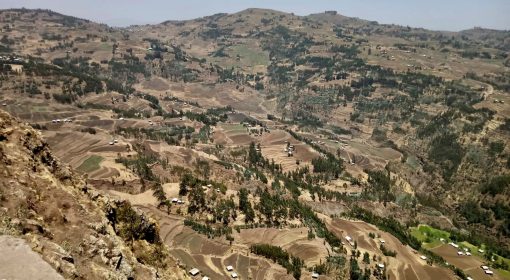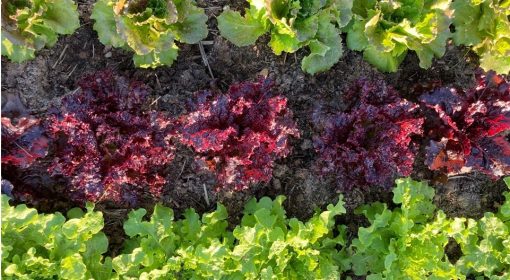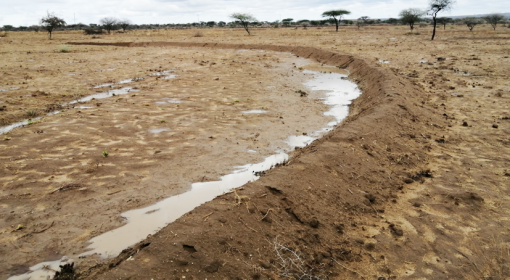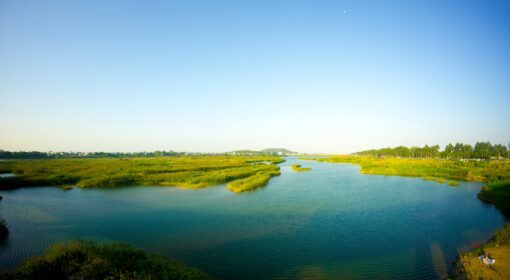By Femke van Woesik
As the most recent IPCC report on climate change was released last month, daunting headlines stating ‘code red for humanity’ covered the front pages of many newspapers[1]. The world is on course to reach 1.5 degrees Celsius of global warming within the next two decades, and temperature extremes, including heatwaves and droughts, have and will become more frequent and intense[2]. When dealing with this climate crisis, much attention goes to mitigation and adaptation. Mitigation is an intervention to reduce the emissions sources or enhance the sinks of greenhouse gases. Adaptation is an adjustment that moderates the harm of climate change[3], for example, using crop seeds that are better adapted to climatic extremes.
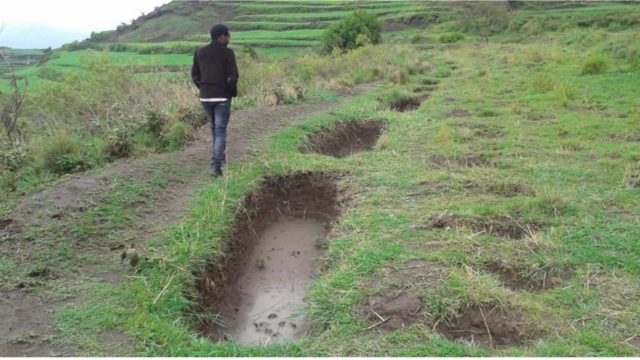
Even though both concepts are fundamental, there is a third way to deal with climate change: managing the microclimate. Local climates can be a powerful frontier in smoothening out the impact of global climate change and creating more resilient local ecosystems. Good management of local climates can reduce local temperatures by 1.5-2 degrees Celsius[4]. This way, local climate management can serve as a buffer against the predicted 1.5 degrees Celsius temperature rise in the upcoming decades. In comparison to mitigation and adaptation, local climate management is highly accessible. It can be done on the most local scale: from complete watershed restoration campaigns to replacing pavement tiles with grass in a backyard.
The idea behind local climate management is to change the energy balance of a local system. As microclimates result from this energy balance, changing the energy balances changes the local climate system. This concept starts with the idea that all energy fluxes within this system must balance, meaning that all the incoming energy from the sun must go somewhere within this system. Here, there are two options: solar energy contributes to evapotranspiration or heating the air and the soil. The first route is called the latent heat flux, and the second is the sensible heat flux. How solar energy is diverted into these two energy fluxes is highly dependent on landscape characteristics.
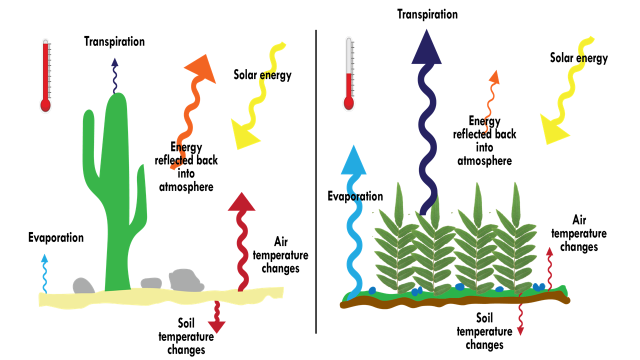
For example, in a desert landscape with very little vegetation and low soil moisture levels, only a little evapotranspiration (latent heat flux) is possible, meaning that most of the energy is used to heat the soil and the air (sensible heat flux). On the other hand, in a vegetated area with a high soil moisture level, evapotranspiration is possible. Solar radiation energy is then used for this process of evapotranspiration. Consequently, less energy will be available for heating the air and the soil, resulting in a cooler local climate. Thus, the more solar energy goes into the latent heat fluxes, the less energy is available for the sensible heat fluxes. Since the sensible heat fluxes increase soil and air temperatures, more significant latent heat fluxes will have local cooling effects. The goal of local climate management is thus to increase the latent heat flux and lower the sensible heat flux.
An extensive array of measures can be implemented to contribute to this shift in energy balance and create more conducive microclimatic conditions. Some examples are wind management, shading, mulching practices, water harvesting and regreening. All techniques aim to preserve soil moisture and to buffer the water balance of a system. Water harvesting can be done with, for example, stone bunds, trenches, check dams, eyebrow terraces, and many more. Increased soil moisture will enhance evapotranspiration, resulting in less energy available for sensible heat fluxes. This will thus provide a local cooling effect. Research in Ethiopia showed that water harvesting measures reduced land surface temperature up to 1.74 degrees Celsius[5].
As plants transpire, regreening also results in an uptake of latent heat fluxes. Since vegetation improves water infiltration, reduces runoff, and increases precipitation, vegetation will also increase the local water buffer. This way, increasing vegetation cover on a watershed level can improve the local climate and replace hot and dry air with moist and cooler air[6]. Regreening practices in Tanzania showed that increased tree canopy cover reduced local land surface temperatures and a more moderate microclimate[7].
This perspective of modifying the local energy balance by increasing soil moisture levels and vegetation shows how the local climate can be managed. This concept of microclimate management highlights the possibility for humans to directly alter their immediate environment and create a buffer against global climate change. By doing so, this perspective presents a promising third way in combatting climate change next to mitigation and adaptation. Unfortunately, microclimates are often overlooked as predicting larger climate change trends, long-term regional rainfall patterns, and temperature averages are the norm. This lack of consideration makes local climate effects often an unintended by-product of landscape changes. However, when implementing the proper practice in a suitable space and time, microclimates can be enhanced. With more climate disruptions inherent, there is an urgent need for unleashing this hidden potential of microclimate management as a proactive approach in improving local landscapes and increasing resilience.
Are you interested in learning more about how microclimate management can be used to increase local resilience considering climate change? On the 14th of September 2021, MetaMeta, The Centre for Microclimate Management, Irriwatch, Rain, Justdiggit, Green Future Farming and Aidenvironment offer a free online masterclass on microclimate management.
Register here for the Masterclass, held on the 14th of September, 2021, between 14:00 and 17:00 CET. (Registered participants will receive login details by email).
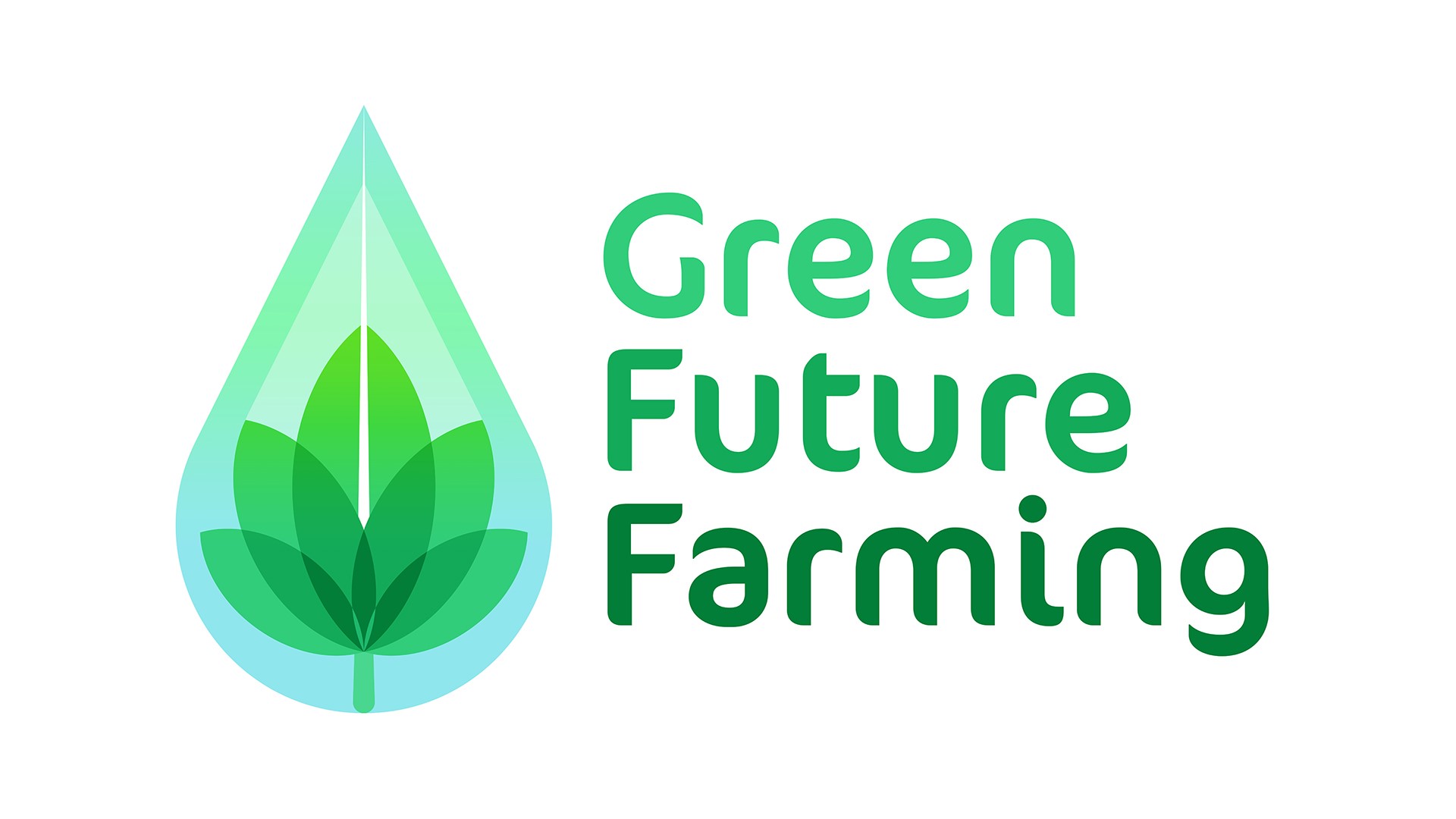
References
[1] https://www.bbc.com/news/science-environment-58130705
[2] IPCC, 2021: Summary for Policymakers. In: Climate Change 2021: The Physical Science Basis. Contribution of Working Group I to the Sixth Assessment Report of the Intergovernmental Panel on Climate Change [Masson-Delmotte, V., P. Zhai, A. Pirani, S. L. Connors, C. Péan, S. Berger, N. Caud, Y. Chen, L. Goldfarb, M. I. Gomis, M. Huang, K. Leitzell, E. Lonnoy, J.B.R. Matthews, T. K. Maycock, T. Waterfield, O. Yelekçi, R. Yu and B. Zhou (eds.)]. Cambridge University Press. In Press.
[3] IPCC 2001 Climate change 2001. Synthesis report. Cambridge University Press.
[4] Castelli, G., Castelli, F., & Bresci, E. (2019). Mesoclimate regulation induced by landscape restoration and water harvesting in agroecosystems of the horn of Africa. Agriculture, Ecosystems & Environment, 275, 54-64.
[5] Castelli, G., Castelli, F., & Bresci, E. (2018). Evidence of climate mitigation from Landscape Restoration and Water Harvesting: A Remote Sensing Approach. New Orleans, United States of America: AGU Fall Meeting Abstracts.
[6] Mekonen, K., & Tesfahunegn, G. B. (2011). Impact assessment of soil and water conservation measures at Medego watershed in Tigray, northern Ethiopia. Maejo International Journal of Science and Technology, 5(3), 312-330.
[7] Villani, L., Castelli, G., Sambalino, F., Oliveira, A., Allan, L., & Bresci, E. (2020, November). Integrating UAV and satellite data to assess the effects of agroforestry on microclimate in Dodoma region, Tanzania. In 2020 IEEE International Workshop on Metrology for Agriculture and Forestry (MetroAgriFor) (pp. 338-342). IEEE.
